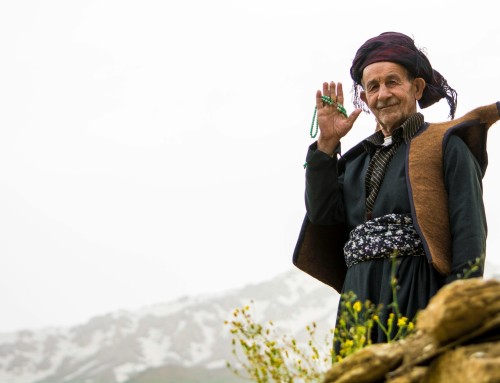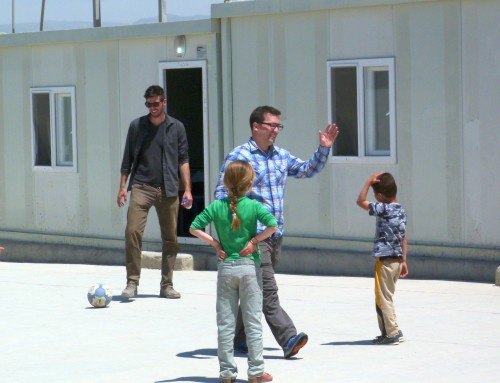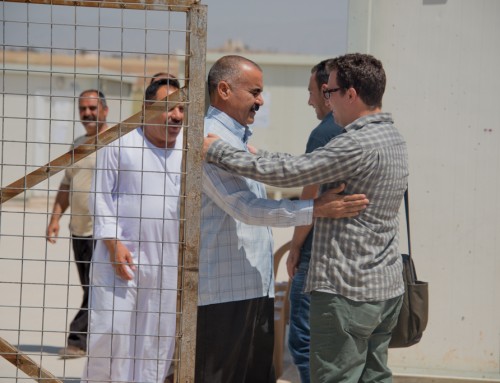Regarding the Peacock icons and two that are missing. Are these very old relics and hold historical significance? If so, does the author know approximately how old they are?
The icons are old, but only historically relevant to the Yezidi. They claim that they are several thousand years old, but no one knows for sure. It’s possible that they are or were once part of Zoroastrian (pretty sure that is the WRONG spelling) iconography. Another theory (my favorite) is that they were carried with the Yezidi as they migrated east from India/Pakistan several thousand years ago.
I read two references to the easterly direction (prayer ritual and burial). What is the significance with the east?
East– because that is the direction in which the sun rises and they do have some veneration for the sun.
Is it common (in their eyes) for a soul to be redeemed after sacrifices for the loved one housed in a non-Yezidi? Or do they never get that answer from the seer? Is that journey based on their good works during life or is it totally random and in the eyes of the seer?
They do believe the soul is redeemed by the sacrifices and will be returned to the Yezidi community. There isn’t a sureness, but it is assumed that is what will happen. They are sent to their next “home” based on how well they fulfilled their roles in life. It’s not necessarily an idea of “sin” but more of a life well lived. It depends to some extent on what their caste is in society too. The higher the caste the better they must live their lives, the more rules there are to follow. It’s really not entirely clear to me what they are “judged” by, only that they are judged.”
Read the introduction to this series on mystery religions here!
Then Part 1, Part 2, Part 3, and Part 4!
Help support those displaced from their homes in Northern Iraq, many of whom are Yezidi.
REFERENCES
“The Yezidis: The History of a community, culture, and religion” By Birgul Acikyildiz
“Heir of the Forgotten Kingdom” by Gerard Russell
“The Yezidis” By Eszter Spat



